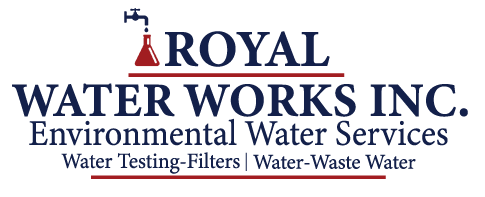What’s a Well Log and Why Do You Need One?
Many people can hardly remember what they had for breakfast this morning, let alone the last time they performed maintenance on their vehicle, went to the doctor or fertilized their garden. That’s why, for time-sensitive matters, it’s important to keep a log—especially when it comes to your well. Unless you have a mind like a steel trap, writing down important location, equipment and maintenance data is the key to keeping your well running smoothly all year long. Read on to learn about what a water well log is, and why you need one for your Pisgah Forest, NC home.
What is a well log?
Depending on where you live, a well log might be called by a different name, such as “drilling report” or “well construction report.” This document gives you important information about how, when and where your well was drilled, the surrounding area and other important details. Here are some of the things you’ll find in your well log:
- Reference number: Every well in America should have a unique reference number that identifies it. Your well log should include this information near the beginning, and preferably on the header or footer.
- Owner details: The owner details should have your name, address and contact information, including phone and email.
- Contractor details: The contractor who drilled your well should be listed, along with their business name, address, phone number, email and any relevant notes.
- Construction information: Next, your well log should include the construction details. These consist of information like when the well was drilled, where it’s located, why and how it was drilled and how deep and wide it is. You’ll also find information about the type of casing they used, how much and what kind of pump and screen was installed.
- Water testing records: Your well water will need to be tested for production rate, static level, drawdown and more. These details help the well owner predict how much water the well will produce over the long term.
- Geological formations: If your drilling contractors encountered any shale, limestone, clay or other geological formations, they should be listed, along with the depth at which they were found.
What else should be included with my well log?
In addition to the information above, you should continue to collect other well documents along with the well log. Get a folder or large envelope to hold them, and keep them in an accessible place. For example, you might include your pump make, model, installation details and any maintenance it’s needed. If you test the quality of your water—and you should—throw those results in the file, too. Finally, you’ll want to keep track of all the well maintenance you perform over the years. Not only is it helpful to show well contractors when they’re performing services on your well, but it also helps you remember when to schedule your next appointment.
Ready to add to your well log? Get well water testing in Pisgah Forest, NC when you call Royal Water Works, Inc.
Categorised in: Water Testing
